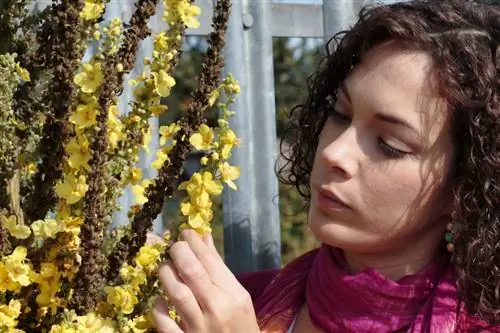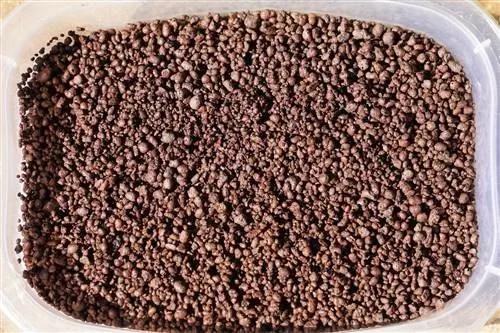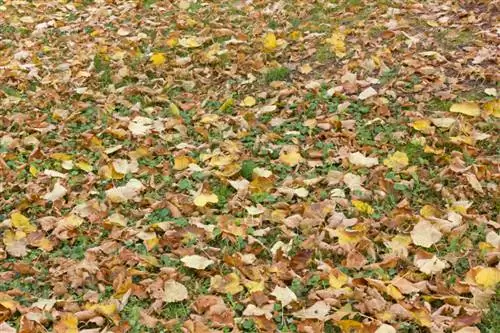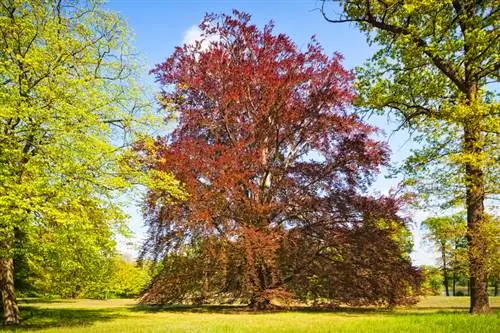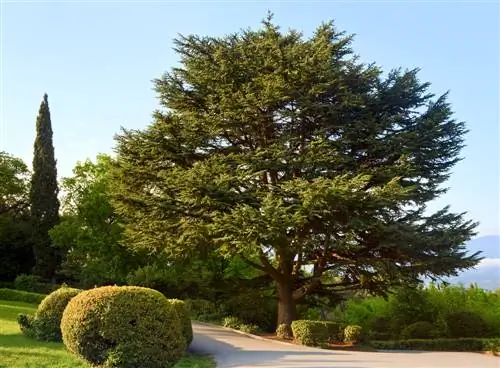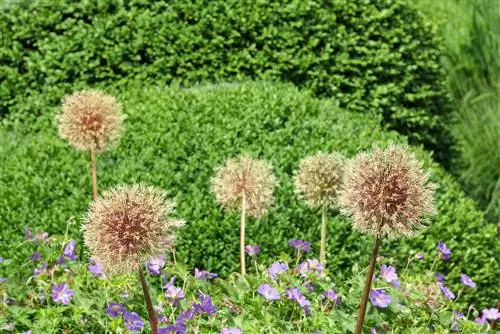- Author admin [email protected].
- Public 2023-12-16 16:46.
- Last modified 2025-01-23 11:20.
Since mulleins are usually one- or two-year-old plants, pruning is not really necessary. Nevertheless, under certain conditions, pruning measures can also be useful when caring for the mullein.
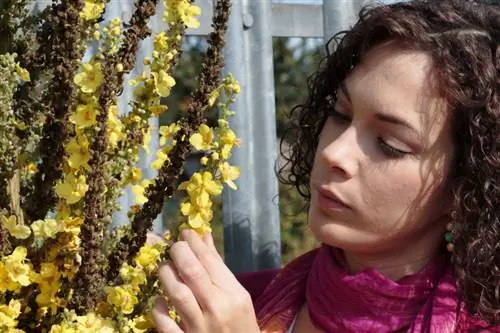
When should you cut the mullein?
Pruning the mullein can be useful to remove diseased or pest-infested shoots, to extend the lifespan of annual plants or to promote flower formation in perennial species. Cut the plant above the rosette of leaves at the base.
Pruning the plant for annual mullein
Among the many subspecies of the mullein (Verbascum), often referred to as wool flower or weather candle, there are also annual species that sometimes die immediately after flowering. With these species, you may be able to extend the lifespan of the plant somewhat if you cut off the candle-like inflorescence directly above the rosette of leaves on the ground after the individual flowers have faded. So you accept that there will be no self-sowing at the location due to the seeds not being ripe, but you can still enjoy the silver-colored, hairy rosette of leaves until autumn, which dries out less quickly when pruned.
Cut two or more year old mulleins correctly
For two-year or perennial mullein, pruning in the first year after sowing is only appropriate if you discover pest-infested or diseased shoots on the plants. If you remove the wilted inflorescences from the second year onwards directly after flowering, then in some cases a new inflorescence can be formed in the same growing season.
When and why you shouldn't cut the mullein
The mullein can be propagated from seeds or root cuttings. Since growing young plants from root cuttings requires a certain amount of effort, many hobby gardeners allow the relatively uncontrolled propagation of wool flowers by self-sowing. However, for self-sowing or the targeted harvesting and sowing of seeds, it is essential that the seeds fully ripen on the inflorescences. Therefore, in this case, you may only cut off leaves affected by pests or pathogens until the seeds are ripe, but not the faded inflorescence.
Tips & Tricks
When sowing itself, the mullein often chooses places that are inappropriate for the gardener. Since this can also make digging out complicated, you should simply cut off unwanted specimens near the ground as soon as you have identified them based on their characteristic leaves.

